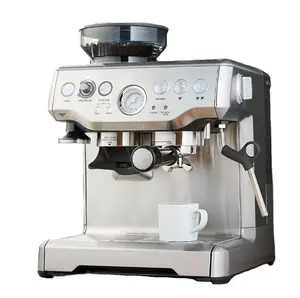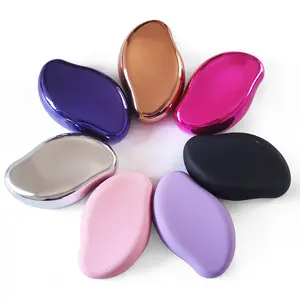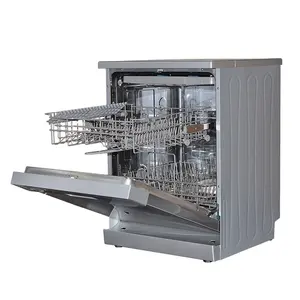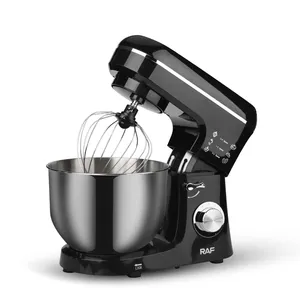Popular in your industry
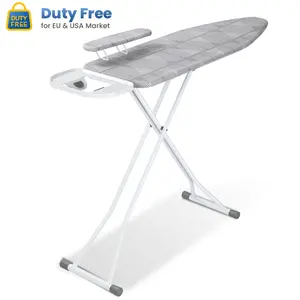








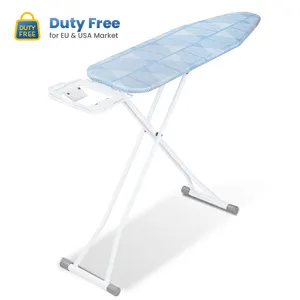







































Related Searches:













































































































Top categories
About electric iron power consumption
Household iron, also known as an electric iron, is a common small appliance that is essential for home use. It is widely used to remove wrinkles from clothes and fabrics by pressing them to a certain temperature. A typical electric iron consists of a flat metal plate that heats up when connected to a power source, a temperature control dial to adjust the heat, and a water tank to produce steam for better ironing. An electric iron is not only a device for removing wrinkles but also a useful home appliance for ironing clothes, blankets, curtains, and more.
Electric iron power consumption
It is important to note that the electric iron power consumption varies depending on the iron's wattage. The higher the wattage, the more power it consumes. Typically, the power of household iron ranges from 1000 to 1800 watts. When used at the maximum temperature setting, the iron consumes the most power. Some models also have an automatic shut-off feature, which turns off the iron after a certain period of inactivity to save energy. This can significantly reduce the electricity consumption of an iron. Therefore, it is advisable to choose an iron with appropriate power according to the user's needs and preferences.
Additionally, some advanced steam irons have a higher power consumption due to the additional steam-generating features. These irons use steam to help remove stubborn wrinkles more effectively but also require a higher power input. Before using the iron, it is recommended to read the user manual to understand its features and power consumption to optimize its performance. By doing so, users can achieve efficient ironing results while minimizing the iron box's power consumption.
Electric iron maintenance
Regular maintenance of an electric iron is crucial to ensure its performance, longevity, and safety. One primary consideration is to keep the iron's soleplate clean. Over time, residues from fabric treatments, starch, and other materials may accumulate on the soleplate and affect its gliding ability. To clean the soleplate, users can turn off the iron and let it cool down before using a mixture of water and vinegar or a specialized iron cleaner. This helps to dissolve the residues and make it easier to wipe the soleplate clean with a cloth or sponge. It is advisable to avoid using harsh abrasives or scrubbers that can damage the soleplate.
Another important aspect of maintaining an electric iron is descaling. If the water used in the iron is hard water, mineral deposits can build up inside the iron, affecting its performance and steam generation. Descaling solutions are available to help dissolve these mineral deposits. Users can follow the manufacturer's instructions on how to descale the iron properly. Regularly checking the power cord for any signs of damage, ensuring the iron is unplugged when not in use, and storing it in a safe and dry place are essential safety practices to prevent accidents and ensure a longer lifespan for the electric iron.

